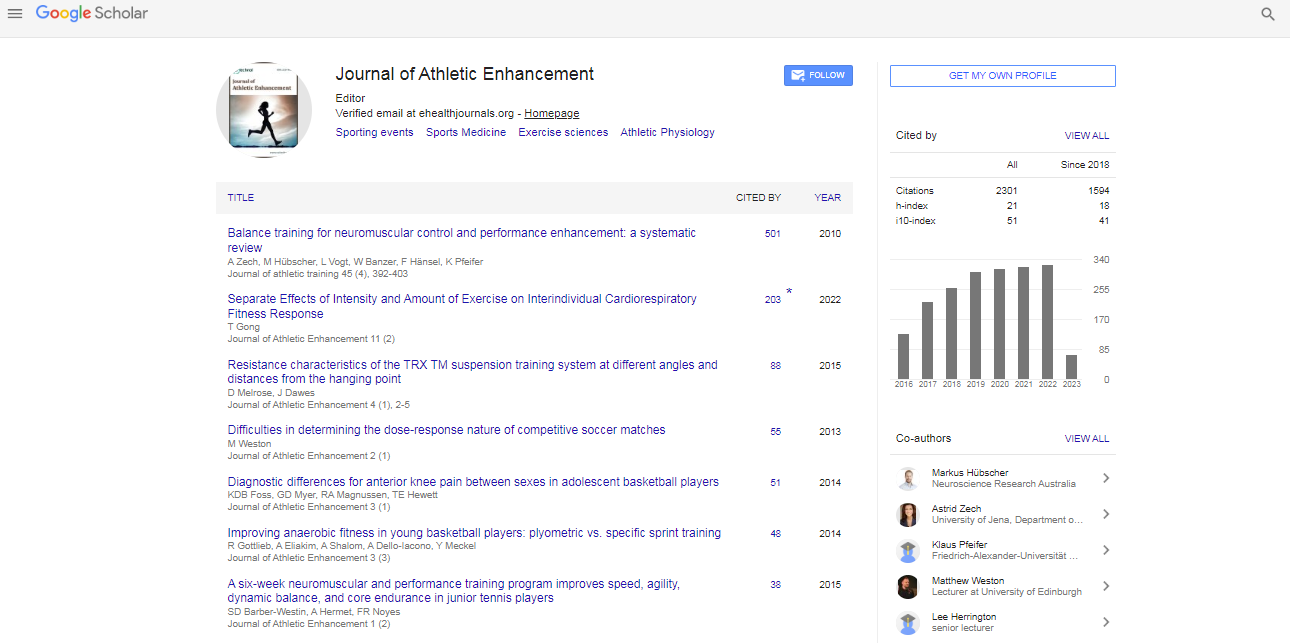Research Article, J Athl Enhancement Vol: 3 Issue: 5
Quadriceps-to-Hamstrings Imbalances in Female Collegiate Soccer Athletes: Implication for Injury
| Mikaela D Boham1*, Mark DeBeliso2, Chad Harris3, Ronald P Pfeiffer4 | |
| 1Texas A&M University - Corpus Christi, Corpus Christi, TX, USA | |
| 2Southern Utah University, Cedar City, Utah, USA | |
| 3Central Oregon Community College, Bend, OR, USA | |
| 4Boise State University, Boise, Idaho, USA | |
| Corresponding author : Mikaela Boham Assistant Professor, Director of Athletic Training, Texas A&M University, Corpus Christi, Island Hall 179E, 6300 Ocean Drive, Unit 5820, Corpus Christi, TX 78412-5820, USA Tel: 361-825-2169; Fax: 361-825-3708 E-mail: mikaela.boham@tamucc.edu |
|
| Received: May 21, 2014 Accepted: August 30, 2014 Published: September 06, 2014 | |
| Citation: Boham MD, DeBeliso M, Harris C, Pfeiffer RP (2014) Quadriceps-to-Hamstrings Imbalances in Female Collegiate Soccer Athletes: Implication for Injury. J Athl Enhancement 3:5 doi:10.4172/2324-9080.1000169 |
Abstract
Quadriceps-to-Hamstrings Imbalances in Female Collegiate Soccer Athletes: Implication for
Injury
Sports involving rapid jumping, repetitive stop and go movements, and sudden changes of direction place the anterior cruciate ligament (ACL) at an increased risk for injury. Female athletes tend to be quadriceps dominant suggesting a muscular imbalance between the strength of the quadriceps and hamstring thigh muscles. Ideal quadriceps-to-hamstring ratios should be as close to 1 as possible to prevent injuries in athletes; however, ratios of 1.5-1.8 are still considered normal. These Biomechanical imbalances are believed to decrease shock absorption and knee stabilization during landing. The purpose of this study was to examine the strength of the quadriceps-to-hamstrings ratios in female collegiate soccer athletes.

